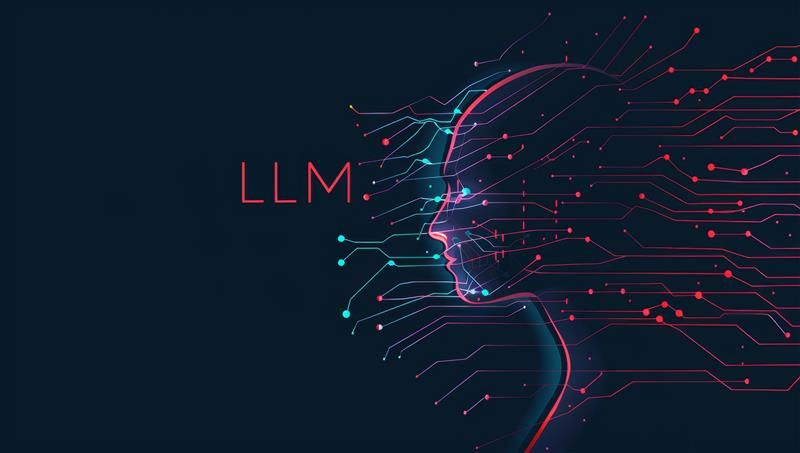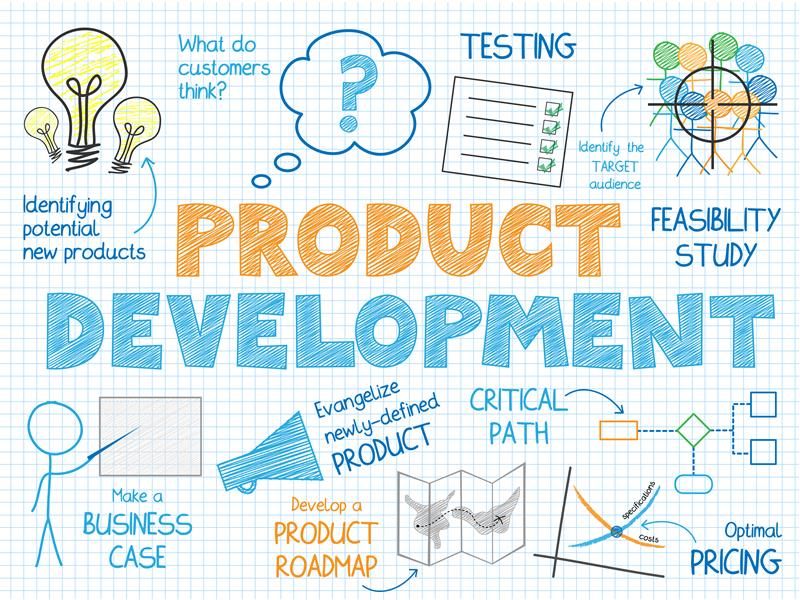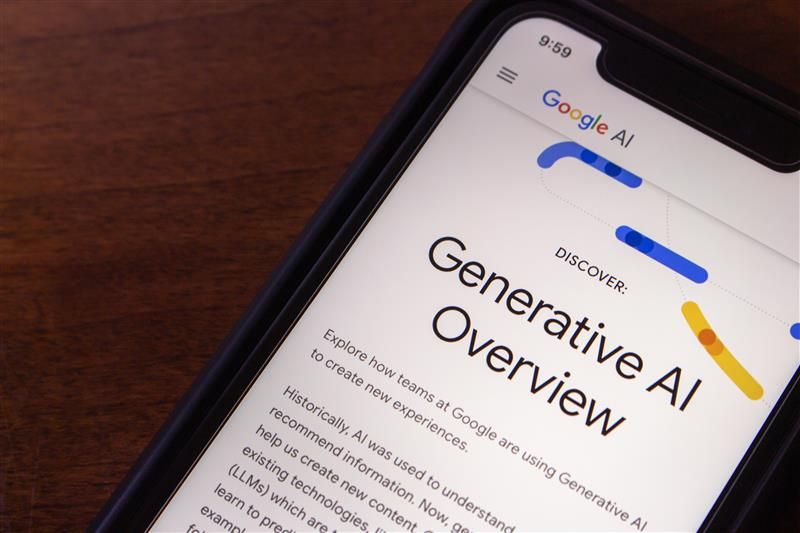Kodak
Executive Summary
Kodak Alaris, a global leader in imaging solutions, partnered with a technology team to modernize their Photo Printing Kiosks, located across CVS stores nationwide. The legacy system required manual upgrades and maintenance, causing inefficiencies and hindering scalability. By leveraging technologies like Node.js, React, Docker, Azure, and microservices, the project transformed Kodak’s kiosks into a cloud-based, centralized platform. This modernization effort streamlined device management, improved customer experience, and ensured Kodak’s continued leadership in the imaging industry.
Client Background
Kodak Alaris is a global technology company with two primary business units:
- Data Capture and Processing Solutions – Enabling businesses and government agencies to improve efficiency through faster, smarter data processing.
- Kodak Moments – Providing consumers with innovative solutions to preserve and relive their cherished memories.
With a presence in over 100 countries and major offices in the UK, Germany, the US, Mexico, and China, Kodak Alaris is known for its rich legacy of innovation and commitment to excellence. Born from one of the world’s most iconic brands, Kodak Alaris is dedicated to delivering high-quality, reliable products and services that enhance the lives of businesses and consumers alike.
Vision and Values
Kodak Alaris strives to lead its market segments through superior products, quality, and customer service. The company’s core values, encapsulated by the I-ACT framework, emphasize Innovation, Accountability, Customer Satisfaction, and Teamwork, guiding every decision and interaction.
Business Problem
Kodak’s Photo Printing Kiosks, located in CVS stores across the United States, faced significant challenges due to outdated technologies. These kiosks used standalone software requiring manual upgrades and maintenance. This legacy approach led to several operational inefficiencies:
- Time-Consuming Maintenance: Updates and debugging required on-site intervention, consuming valuable resources.
- Scalability Issues: Managing and upgrading thousands of kiosks nationwide was complex and resource-intensive.
- Outdated User Experience: The existing software lacked modern features and integrations, impacting the overall customer experience.
- Limited Integration: The system could not leverage advanced cloud-based services for device management and monitoring.
Kodak recognized the need for a comprehensive technology overhaul to ensure their kiosks met modern expectations and maintained their competitive edge.
Solution Approach
To address these challenges, a collaborative effort was launched between Kodak and a skilled technology team. The project focused on creating a modernized, cloud-based platform leveraging the latest tools and technologies.
Technologies Utilized
- Node.js and .NET: Built a robust backend to support scalable and efficient operations.
- React: Developed a dynamic, user-friendly interface for seamless navigation.
- Docker and Kubernetes: Ensured consistent deployment and orchestration across all kiosks.
- Azure Cloud: Provided a centralized, scalable platform for backend operations, device monitoring, and debugging.
- Linux and Windows Programming: Delivered a versatile solution compatible with both operating systems.
Implementation Strategy
- Backend Development for Kiosks: A Linux-based backend was developed to support Kodak’s Photo Printing Kiosks. The system integrated seamlessly with USB devices, Android, and iOS, enabling users to navigate folders and select files for printing.
- UI Design and Development: Using React, the team created a modern interface for customers to browse, select, and customize photos for printing. Features included cropping, applying filters, rotating images, and previewing final prints.
- Centralized Device Management: The new platform enabled cloud-based monitoring and debugging of kiosks nationwide. Administrators could deploy updates, troubleshoot issues, and manage devices remotely via Azure.
- Integration with Cloud Services: The kiosks were integrated with various cloud services, enhancing functionality and streamlining the workflow.
- Cart and Checkout System: A robust shopping cart feature was implemented, allowing customers to select multiple photos, customize them, and seamlessly proceed to checkout.
Timeline
The project was executed in phases over a span of 12 months:
- Phase 1: Requirements analysis and roadmap creation.
- Phase 2: Backend development and cloud integration.
- Phase 3: Frontend UI/UX development and testing.
- Phase 4: Deployment and optimization.
Implementation Challenges and Solutions
- Challenge: Integrating with various user devices (USB, Android, iOS). Solution: A versatile backend was implemented using Linux programming, ensuring compatibility with all major devices and file systems.
- Challenge: Managing updates across thousands of kiosks.
- Solution: Leveraged Azure Cloud and Docker for centralized and automated software updates.
- Challenge: Optimizing image processing features for speed and accuracy.
- Solution: Implemented efficient algorithms for cropping, filtering, and rotating images to ensure real-time responsiveness.
Key Features Delivered
- Modernized Backend: A scalable Linux-based backend interfaced seamlessly with USB and mobile devices, enabling smooth folder navigation and file selection.
- User-Friendly UI: The React-based interface offered a streamlined experience, allowing users to customize photos with features like cropping, rotating, and applying filters before printing.
- Cart and Checkout: An integrated shopping cart system allowed customers to manage multiple photos and proceed to payment with ease.
- Image Processing: Advanced tools enabled real-time photo editing, enhancing the customer’s ability to create personalized prints.
- Cloud Integration: Azure Cloud powered centralized device management, ensuring kiosks could be monitored, updated, and debugged remotely.
- Centralized Management: Administrators could oversee all kiosks nationwide, reducing downtime and enhancing operational efficiency.
Results and Impact
Enhanced Customer Experience
The modernized kiosks offered a faster, more intuitive user experience, leading to increased customer satisfaction and engagement.
Operational Efficiency
The shift to a cloud-based platform reduced maintenance time and costs, enabling Kodak to focus on innovation and scaling.
Scalability and Reliability
With Azure Cloud and Docker, the platform ensured consistent performance and easy scalability to accommodate future growth.
Future-Ready Infrastructure
Kodak’s kiosks are now equipped to adapt to evolving technologies, maintaining their relevance in a competitive market.
Conclusion
Kodak’s collaboration to modernize its Photo Printing Kiosks represents a pivotal step in enhancing its service delivery and operational efficiency. By leveraging cutting-edge technologies like Node.js, React, Docker, and Azure, the project delivered a centralized, scalable solution that ensures Kodak remains a leader in the imaging industry.
With their rich legacy of innovation and a forward-thinking approach, Kodak Alaris continues to set the standard for excellence in personalized imaging solutions.
Let our Expert Engineers and Solution Architects manage your business.






